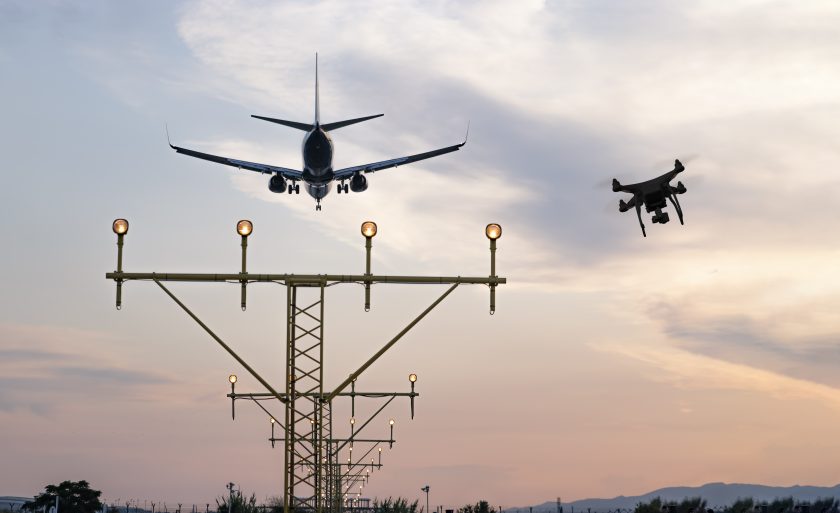The European Union Aviation Safety Agency (EASA) published guidance to help aviation operators and national authorities manage drone incidents near airports, a response to a number of recent events which have disrupted Europe’s air traffic at considerable expense to aviation operators, bringing inconvenience for passengers and posing a potential safety threat.
EASA’s “Drone Incident Management at Aerodromes” manual addresses unauthorised drone usage in the vicinity of airports. Such incidents may occur by accident — when individuals are simply not aware of the problems their actions may create – or due to individuals acting with deliberate intent to disrupt, such as activists. At the extreme, the actions may have criminal or terrorist motivation.
The manual includes guidance on how to ascertain whether a criminal offence has been committed, developed with input from law enforcement authorities.
“The root problem here is that these activities are unauthorised, and therefore by definition take place in ignorance or avoidance of the rules that have been defined for safe drone operations,” said EASA Executive Director Patrick Ky. “Our aim is to offer guidance and best practice advice to help aerodrome operators to prepare for such incidents and take the right steps when they occur, so as to minimise the extent of the disruption while ensuring that aviation operations remain safe.”
Since the start of 2020, major drone-incident disruptions have occurred at large airports such as Madrid, Frankfurt and Riga, as well as Manchester in the U.K. The latest major event, also in Frankfurt, caused again flight diversions on February 21, 2021. Many smaller events also occur. With air traffic currently down due to COVID-19, many other incidents that could cause interference between aircraft and drones may go undetected.
The recommendations are addressed to all aerodromes in the scope of the European Aviation System (currently over 500) and other aviation actors, such as Air Traffic Control and air operators. The intention is to provide a user-friendly guide that can also be applied at small aerodromes, which may not have the resources to develop the more extensive plans, involving detection systems, that are currently being tested and deployed by larger operators.
The document is split into three parts: the first of which is publicly available. It describes the challenges and raises awareness for the issue. The other parts are addressed specifically to those parties involved in management of these incidents and are not being widely published due to the varied nature of the threat.
(Image: EASA, istock)
For more information visit:




